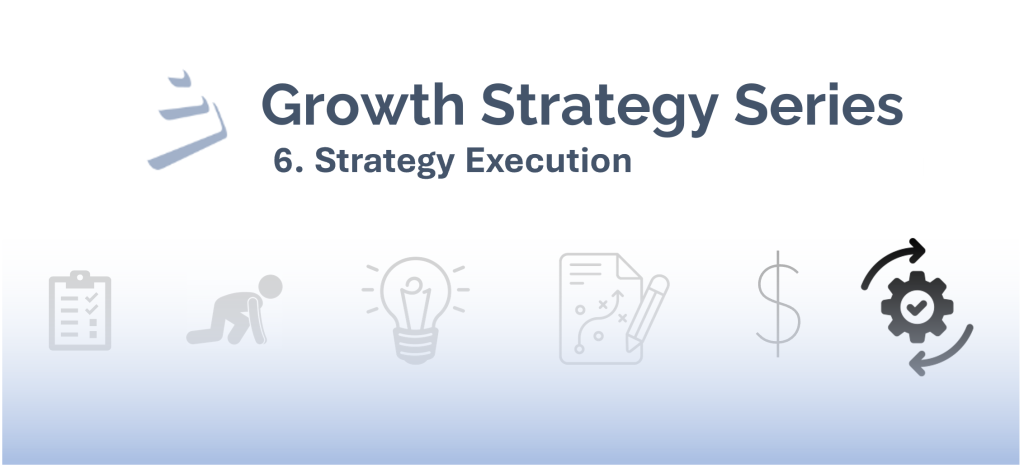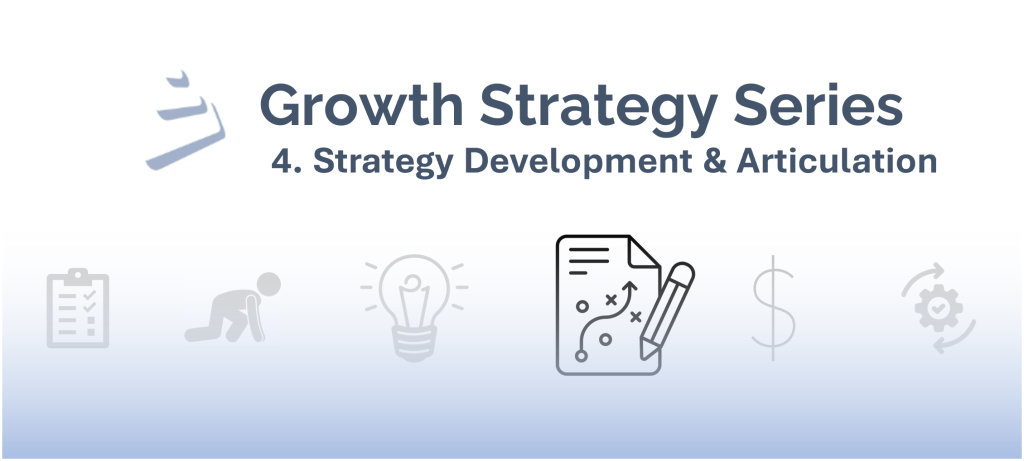Megatrends – global, sustained, macro forces spread over long periods of time – are by their very definition “out there.” And for that reason, they are rightfully challenging for many companies to consider in their strategy development and business planning. First, there is no single, definitive source for megatrend identification and analysis. Instead there are numerous “expert” sources engaged in megatrend-spotting, which results in a broad array of predictions based on varying methodologies – and even agendas. And second, it is not always clear how to actually use that information, given megatrends’ inherently long time horizons and breadth of impact.
This article aims to address both points. First, I will highlight four key megatrends that deserve attention, based on our distillation of the most cited megatrends across 25+ sources (e.g. Frost & Sullivan, World Economic Forum, Institute for Future Insights, McKinsey, U.S. National Intelligence, futurist Richard Watson, United Nations Development Programme). Second, I will provide some guiding questions to help businesses consider the relevance and implications of those megatrends.
Why Do Megatrends Matter?
Megatrends matter because they signify major shifts in the economy, society, cultures, and our personal lives – which means they may present material opportunities or challenges for an industry or business. Plus, megatrends tend to amplify, not ebb, over time. This means that there can be much to gain for businesses looking ahead and positioning themselves favorably for relevant megatrends.
Four Key Megatrends
A common framework to enable a balanced perspective in megatrend identification and analysis is “STEEP,” an abbreviation of five key categories: Social, Technology, Economic, Environmental, and Political. Putting politics aside, here are four key megatrends, each from one of the other four other categories of the “STEEP” framework. Each of these megatrends is cited by the majority of the 25+ expert sources we evaluated, and each has relevance to many industries and businesses.
- Urbanization: By 2030, it is predicted that our planet’s cities will grow in number, size, and population. In developed nations, 81% of people are expected to live in cities by 2030, and in the developing world, 55% of people are expected live in cities by 20301. This growth in urban populations will present a wide array of opportunities and challenges in numerous domains, from housing (e.g. infrastructure, construction) to mobility (e.g. alternatives to cars and car ownership) to productivity (e.g. education, skills) to consumption (e.g. food sources, entertainment).
- Connected, “Smart” World: By 2030, it is predicted that the creation and diffusion of new or better technologies will increase and accelerate, resulting in a significantly more connected and “smart” world relative to today. As an example, it is estimated that there are currently 3.5 connected devices per person on the planet today2. It is predicted that that number will double in just the next five years alone, as our vehicles, appliances, and homes become more connected and “smarter.” This proliferation and penetration of technologies will continue to impact myriad different parts of our lives, from communication to entertainment to education to commerce.
- New Economic Powers: By 2030, 60% of the world’s population will be middle class (a 33% increase from 2009) – and 80% of that global middle class will reside in developing nations3. This growth of the middle class will bring many opportunities for businesses, given the needs and wants of people with higher aspirations (e.g. education, skills) and greater income (e.g. consumption, entertainment). This middle class growth is predicted to drive further growth in existing economic engines (e.g. BRIC nations) and to elevate new locations of accelerated growth, such as Goldman Sachs’ “Next Eleven” grouping: Bangladesh, Egypt, Indonesia, Iran, Mexico, Nigeria, Pakistan, the Philippines, Turkey, South Korea, and Vietnam.
- Sustainability Imperative: By 2030, it is predicted that consumers and customers will expect – and could very well require – that companies do business in more responsible, sustainable ways due to major shifts in the condition of the planet (e.g. global warming, land loss due to rising seas, decreasing biodiversity) and resource constraints due to a growing global population. For example, it is predicted that many consumers and customers will expect companies to “innovate to zero” (e.g. zero emissions, zero waste) to reduce the negative impact of their products, services, or practices4.
OK, Now What?
The first step in using megatrend analysis for your longer-term business strategy development and planning is to determine the relevance of a megatrend. To do this, we have found that a car-driving analogy can be helpful5. Think about the specific megatrend and your current business, then ask yourself whether the specific megatrend will:
- Create a head-on collision with your business
- Intersect at an angle forcing your business to change course
- Come up from behind and then leave your business in the dust
- Come up from behind and provide acceleration to your business
- Take a parallel path with no direct impact on your business
The next step is ruminating on your options, depending on the megatrend’s potential impact to your business. For example, in Situation A with a head-on collision, the megatrend clearly represents a serious threat to how you are doing business or thinking about your business today. This recognition could (and should) result in considering ways that your business offering and model might evolve over time, given the expected negative impact to your business if you maintain the status quo. Similarly, in Situation C with a megatrend that could leave you in the dust, the question is how to more favorably position your business to capitalize on the upcoming opportunity as opposed to missing it entirely.
Conclusion
Megatrends signify major changes to the economy, society, and our personal lives – therefore they may represent material opportunities or challenges for businesses. External to companies, megatrends can give rise to new competitors, business models, customer segments or needs, and business contexts altogether. And internal to companies, megatrends can result in a need for new capabilities, offering, marketing mix, go-to-market models, and production processes. For these reasons, companies that consider megatrends and their impact on their business should be better positioned for long-term sustained growth than companies that do not.
Sources
1 United Nations Development Programme, United Nations Population Fund, World Bank
2 Cisco
3 Goldman Sachs, International Monetary Fund, Economist Intelligence Unit, World Bank
4 U.S. Energy Information Association, European Commission, FAO Water, International Energy Agency, Institute of Energy Economics, Intergovernmental Panel on Climate Change, International Water Management Institute, United Nations Conference on Environment and Development, U.S. Geological Survey, Water Resources Group
5 Adapted from Innosight


